-
 Sam LeFlore
0Ok maybe I am making this harder than it has to be...
Sam LeFlore
0Ok maybe I am making this harder than it has to be...
Let’s say, I build this awesome custom seat. Glue all of my foam together and have a perfectly shaped seat. Then make this awesome seatcover, and have no way to keep it as tight as a factory style seat.
I have used several methods but none are easy and none work as well as I would like.
I see guys show pictures of the glued foam seats and then finished pictures after they cover it.... but none have shown the best way to tie it down tight.
Any help will be greatly appreciated!! -
 Hal Bast
13There are several ways to anchor the seat cover. Listing wires/cord and velcro are the most common. The anchor system needs to be addressed as you build the seat and cover. On a simple bench seat, making the cover that needs to be pulled tight as you install will get you where you want to be.
Hal Bast
13There are several ways to anchor the seat cover. Listing wires/cord and velcro are the most common. The anchor system needs to be addressed as you build the seat and cover. On a simple bench seat, making the cover that needs to be pulled tight as you install will get you where you want to be.
What have you tried so far? -
 Sam LeFlore
0My question is based mostly on buckets.
Sam LeFlore
0My question is based mostly on buckets.
This is what I am working on at the moment. And here is an example from the web.
Most of the time I have cut through the foam and ringed it down.
Not real familiar with using Velcro.

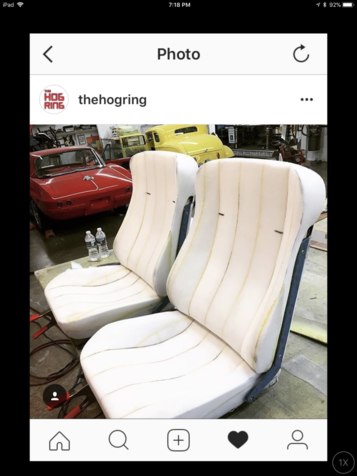
-
 Hal Bast
13A lot of the newer cars and trucks are using velcro instead of rings, you can glue the hook side of the velcro to the foam ( I cut a shallow channel in the foam) and there is a loop material that sews to the seam. (can't remember the name of it). I have, a couple of times, glued the loop material to the underside of the cover to match up with the velcro hook that is glued to the foam when there isn't a seam or sew it in when making pleats. I hope that helps. I'm sure some others have different ways of getting the job done.
Hal Bast
13A lot of the newer cars and trucks are using velcro instead of rings, you can glue the hook side of the velcro to the foam ( I cut a shallow channel in the foam) and there is a loop material that sews to the seam. (can't remember the name of it). I have, a couple of times, glued the loop material to the underside of the cover to match up with the velcro hook that is glued to the foam when there isn't a seam or sew it in when making pleats. I hope that helps. I'm sure some others have different ways of getting the job done. -
 Sam LeFlore
0I am familiar with the soft loop and are using it.
Sam LeFlore
0I am familiar with the soft loop and are using it.
Do you glue normal Velcro in or the hard hook stuff like is in late model vehicles?
I have done some like this but find it a huge pain in the butt to cut the channels. It is hard to keep the channels even. I can cut straight lines but can’t cut channels that are the same depth to save my life.
Is there a trick to that ? -
 Eric Gordon
41On some projects with insert listings instead of hog ringing, we use nylon tufting twine. Figure eight locking it to a mate wire under the seat. This method allows you to adjust each twin depth to create an even finish. Takes time but the job looks great when complete.
Eric Gordon
41On some projects with insert listings instead of hog ringing, we use nylon tufting twine. Figure eight locking it to a mate wire under the seat. This method allows you to adjust each twin depth to create an even finish. Takes time but the job looks great when complete. -
 Eric Gordon
41We cut the foam for listing by bonding two razor blades with various layers of panel board in between to the width of the opening desired.
Eric Gordon
41We cut the foam for listing by bonding two razor blades with various layers of panel board in between to the width of the opening desired. -
 Cody Lunning
39
Cody Lunning
39 -
Jack Purdue
18 -
 Andy Laird
43Miami has the hard hook. I have not noticed it at any of my other suppliers. I have used dual lock before for the same purpose with good results. Of course using the soft seat velcro on the cover. I think DLT also has the soft velcro backed 1/2" sew foam, though its not listed on the website, I'm sure I saw it in one of their flyers.
Andy Laird
43Miami has the hard hook. I have not noticed it at any of my other suppliers. I have used dual lock before for the same purpose with good results. Of course using the soft seat velcro on the cover. I think DLT also has the soft velcro backed 1/2" sew foam, though its not listed on the website, I'm sure I saw it in one of their flyers.
Here is a quick sample of 2 ways to use Velcro listing. On the left using standard non sticky back hook glued into place. On the right using hard hook glued into a channel.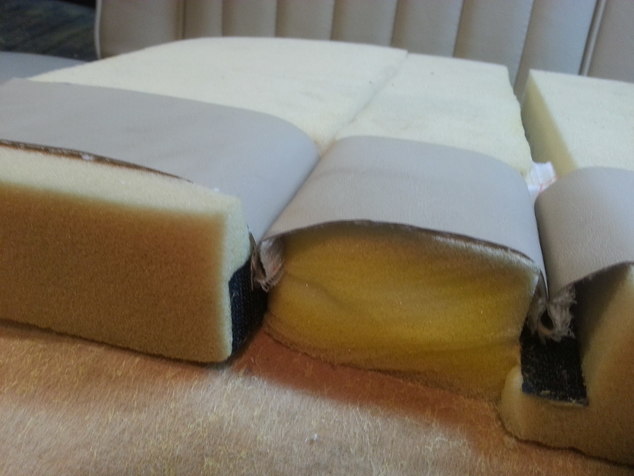
-
 Geoff Horsfall
8On custom seat foam like the picture you have provided, you can use glue. I do it all the time, it provides a nice flat look like you see in finished custom jobs online. You can use the tufting string and tie it down too but it tends to look pulled in if you get carried away. Or a combo of both.
Geoff Horsfall
8On custom seat foam like the picture you have provided, you can use glue. I do it all the time, it provides a nice flat look like you see in finished custom jobs online. You can use the tufting string and tie it down too but it tends to look pulled in if you get carried away. Or a combo of both.
I know Gabes interiors uses glue too, I saw it on the interwebz so it must be true. -
 Eric Gordon
41We glue the blades and put a drop of instabond. (crazy glue ) to lock in place. Adjust width with multiple layers.
Eric Gordon
41We glue the blades and put a drop of instabond. (crazy glue ) to lock in place. Adjust width with multiple layers.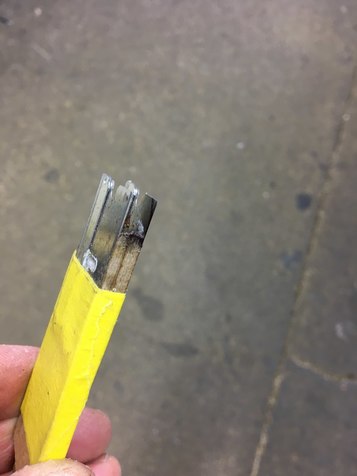
-
Jack Purdue
18
Nice idea for cutting the two grooves in one stroke. I was thinking of how to cut out the bottom piece so you can lay the velcro down into the foam. What you have there is great to adjust your depth of channel that you want. Thanks for that. For those interested, Keyston Bros does sell Millock listing that is loop side of Velco and cloth instead of the harder 1" Velcro that most of us use. It sews on and around bulky seams and corners of seat covers, like the factory uses. -
 Eric Gordon
41Most applications we use multiple layers of various foam thickness. So when we cut through the first layer ( example 1") the piece can be peeled out leaving a clean groove .
Eric Gordon
41Most applications we use multiple layers of various foam thickness. So when we cut through the first layer ( example 1") the piece can be peeled out leaving a clean groove . -
Jack Purdue
18Makes sense, In my airplane seats, I always use 2" Q61 foam. A medium hard density so I can keep a low profile and still give good support. I do sew my pleats on 1/2" scrim but don't think I could add anymore foam to the seat before we run into clearance issues and the headliner of most planes. I suppose I could use layers of 1" Q61 instead and that would work like what you do, thanks. -
Jack Purdue
18Just got one in, tried it out. BINGO, works great. See, you still can learn new stuff even after 40 years.Thanks guys. And as a plus, works good for taking those sharp edges off the foam too. -
 Andy Laird
43I normally use a Dremel, or oscillating tool to cut the channels. The multi tool/oscillating tool works well for cutting the edges also instead of using a standard blade to cut out the sides. For the multi tool I just use a scraper blade and sharpen it almost to a razor edge.
Andy Laird
43I normally use a Dremel, or oscillating tool to cut the channels. The multi tool/oscillating tool works well for cutting the edges also instead of using a standard blade to cut out the sides. For the multi tool I just use a scraper blade and sharpen it almost to a razor edge.
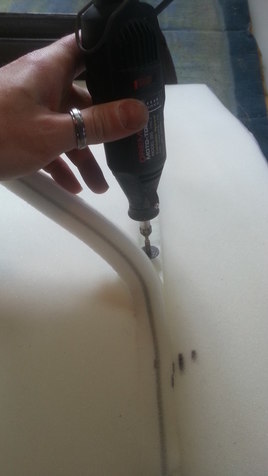
-
Buddy Barkley
0You can also make yourself a couple of pulls and attach those where you won't see them but so you can pull it to form better to the foam. -
 Katherine Modrak
0Can you tell where you are getting the Milliloop/ soft sew in Velcro/ Velcro listing product?
Katherine Modrak
0Can you tell where you are getting the Milliloop/ soft sew in Velcro/ Velcro listing product?
Welcome to The Hog Ring!
This forum is only for auto upholstery pros, apprentices and students. Join today to start chatting.
More Discussions
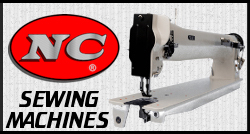







- Terms of Service
- Useful Hints and Tips
- Sign In
- Created with PlushForums
- © 2025 The Hog Ring















